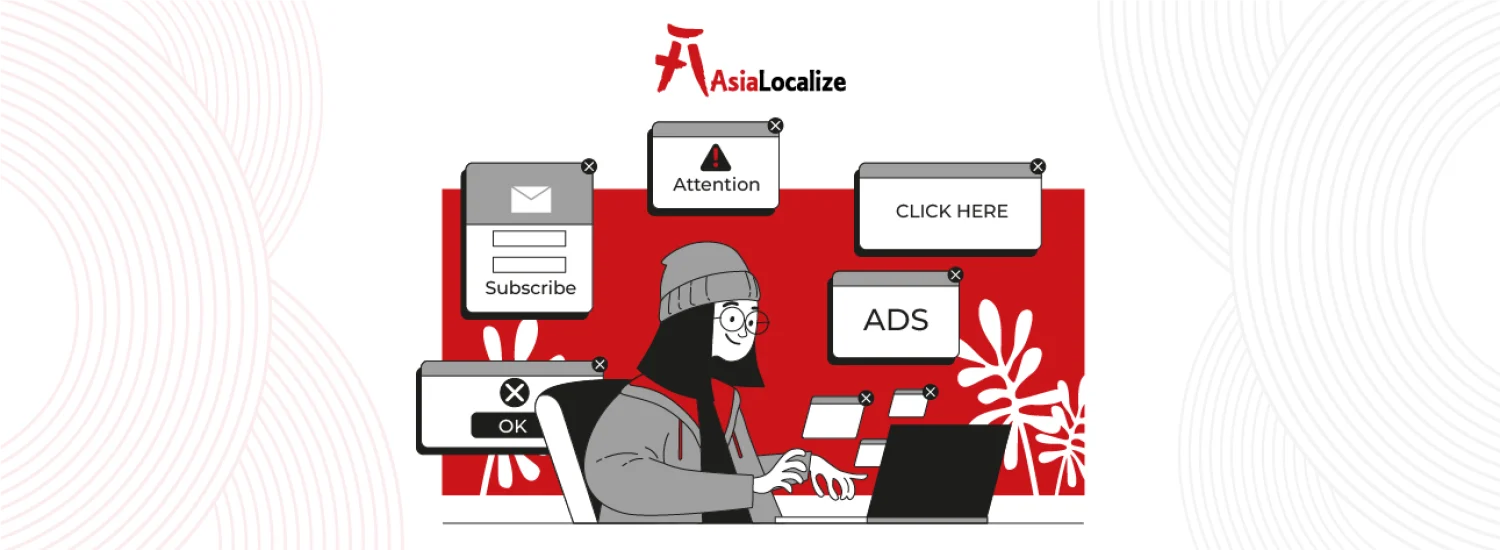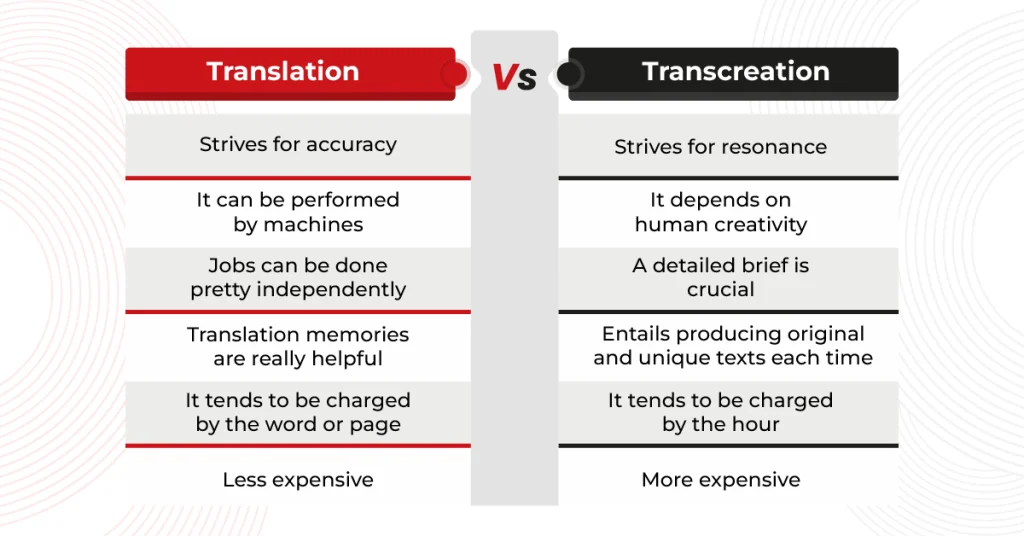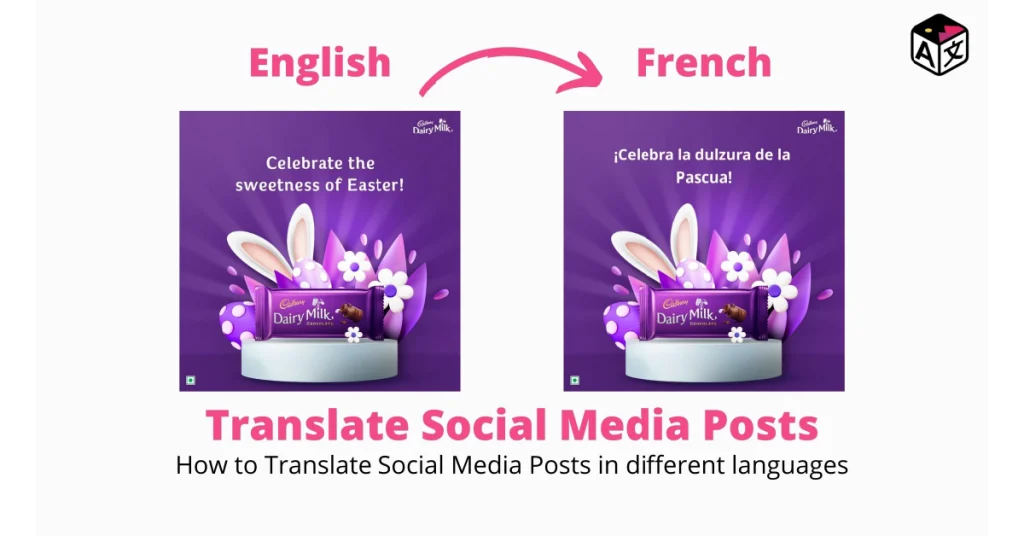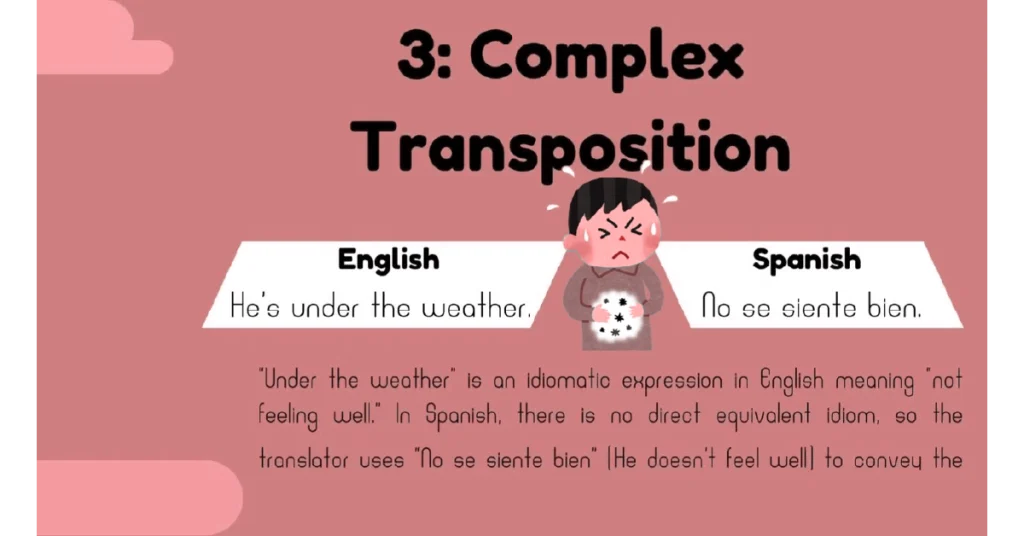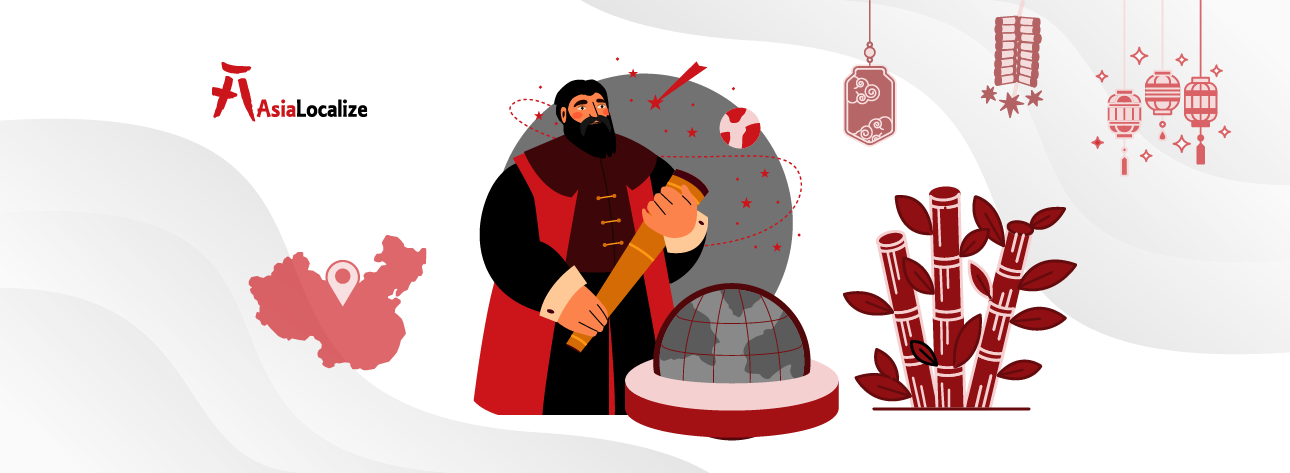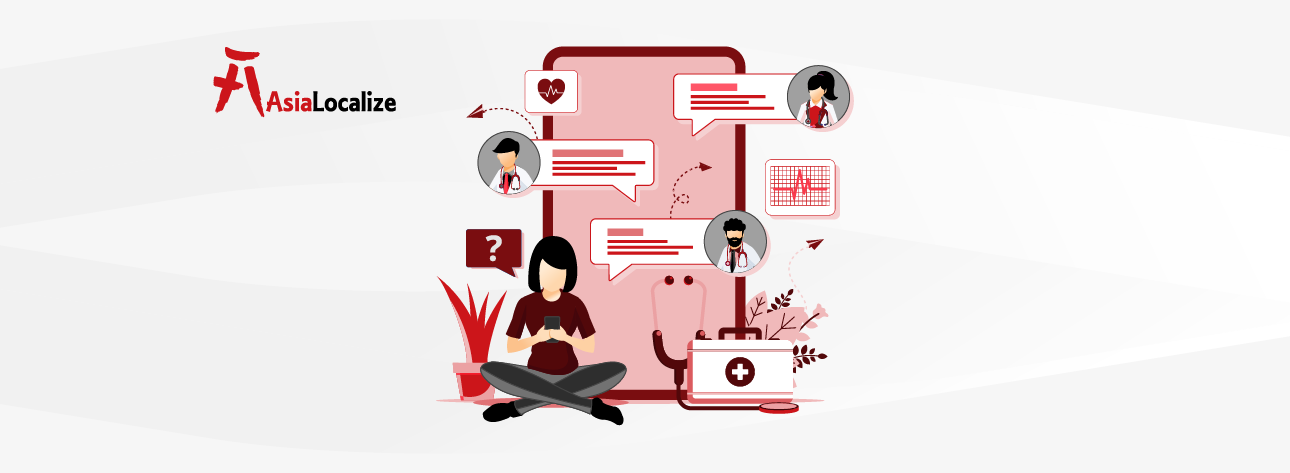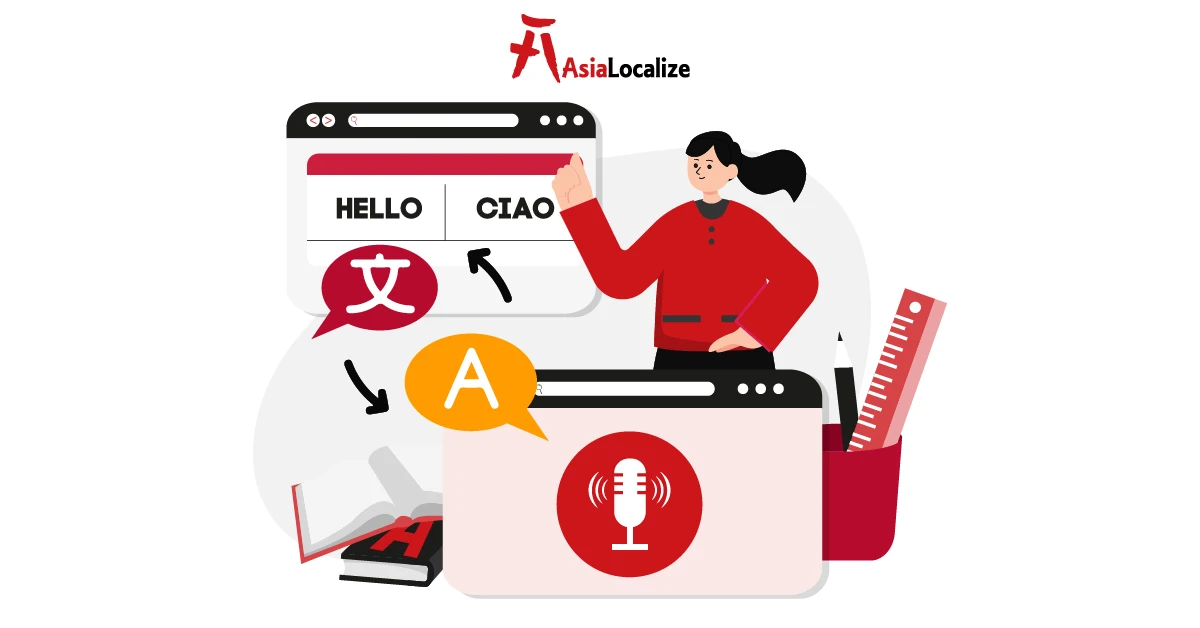Every year, brands pour billions into ads that never land the way they were meant to. In fact, over $37 billion is wasted globally on poor ad performance, often because the message simply doesn’t connect with the people it’s meant for. Sometimes it’s a clumsy mistranslation. Sometimes it’s a cultural misstep. Either way, the result is the same: wasted budget and lost trust.
Advertising translation is more than swapping words from one language to another. Done well, it can protect your reputation, spark loyalty, and drive serious revenue. Done poorly, it can make a brand look careless or out of touch.
One survey found that 32% of consumers lose trust in a product after seeing a bad translation, while companies that invest in high-quality translation are more than twice as likely to see profit growth.
Here’s where marketing localization makes all the difference.
In this guide, we’ll walk you through a clear roadmap for creating multilingual ads that persuade, convert, and resonate—no matter where in the world your customers are.
Transcreation vs. Translation
Some messages travel well with a direct translation. Product instructions, warranty details, safety guidelines—these need clarity, not creativity. A faithful, word-for-word approach works because accuracy is the top priority.
But when we’re talking about campaigns—the kind meant to make people laugh, cry, or click “buy now”—literal translation often strips away the magic. Humor can vanish. Cultural references can misfire. An emotional punch can turn into a shrug.
That’s when transcreation steals the spotlight. Instead of simply translating, it reimagines your message so it lands with the same emotional impact in another language. It keeps the heart of your idea intact, but adapts the phrasing, tone, and cultural cues so the audience feels like it was made just for them.
Protecting Your Brand Voice Across Borders
Your brand voice is your personality, your values, and the emotional connection you build with your audience. When you expand into new markets, that voice needs to survive the journey intact.
The challenge is that every market has its own rhythm, slang, and unspoken rules. Without a consistent approach, you risk sounding like a completely different brand in each country. That inconsistency chips away at trust, something global studies show is one of the biggest drivers of customer loyalty.
The key is to define your voice so clearly that no matter who’s adapting it, they can keep its essence. This means:
- Creating style guides and copy consistency guidelines that go beyond grammar.
- Building glossaries of approved terms and brand expressions.
- Working with linguists and creatives who understand your industry and your culture.
That balance is what keeps your global identity strong and your campaigns recognizably yours—whether you’re in Madrid, Mumbai, or Melbourne.
| For a deeper dive, read Localization vs. Transcreation: Key Differences to decide which route fits your goals. |
Building a Creative Brief for Global Teams
A strong campaign starts long before the first ad goes live—it begins with a clear, detailed creative brief. But when that brief is destined for teams across multiple countries, translation should be about alignment.
Best practices for global-ready briefs:
- Translate with context in mind. A “cheeky” tone in English might be “lighthearted” in French and “playfully direct” in Japanese.
- Spell out the non-negotiables. Brand colors, taglines, key selling points—these should be crystal clear to everyone, everywhere.
- Include cultural notes. If a visual is tied to a seasonal event or a cultural symbol, explain it—don’t assume everyone knows.
Channel-Specific Adaptation Essentials
Not every channel plays by the same rules. A line that works on a billboard might get cropped in a mobile ad, or a witty 15-second TV spot might lose its punch when subtitled.
Each platform has its own quirks, and ignoring them is a fast track to underwhelming results.
TV Commercial Localization
Here, every frame counts. You might need to tweak timing so translated lines still match lip movements, or adapt on-screen legal disclaimers (supers) to meet local regulations. Even music licensing can change by region—skip this step, and you could face costly delays.
Social Media Ad Translation
Character limits, hashtag trends, emoji use—what works on Instagram in Brazil might flop on LinkedIn in Germany. Local social media culture also dictates tone; a playful GIF might be perfect for Twitter in the US, but feels out of place in Japan’s more formal corporate landscape.
Banner Ad Localization
You have just seconds—and often fewer than 10 words—to make an impact. Translated text may expand, so concise adaptation is key. Calls-to-action like “Shop Now” might resonate in one market but feel pushy in another, where a softer “Discover More” could perform better.
Video Subtitle Adaptation
Viewers won’t read subtitles if they fly by too fast or cover important visuals. Keep reading speed in mind (usually around 15 characters per second for comfortable viewing), break lines naturally, and ensure text placement doesn’t hide key action.
Cultural & Linguistic Nuance Checks
This is the stage where you ask: “Does this feel right for the audience?”
Tone of Voice Calibration
Humor is a prime example—what’s considered witty in one country might read as rude in another. Even formality levels matter; a first-name greeting might feel friendly in the US but disrespectful in parts of Asia.
Cultural Relevance Testing
Colors, gestures, and symbols carry different meanings. Red might signal luck in China but danger in the West. An innocent hand gesture in one country could be offensive in another. A quick pre-launch review with local experts can save you from public embarrassment.
Idiom Transposition
A phrase like “hit it out of the park” might thrill baseball fans in the US, but mean nothing in countries where the sport isn’t played. The goal is to find an equivalent expression that carries the same energy, without confusing the audience.
Right-to-Left Layout Adjustments
For markets using Arabic or Hebrew, simply flipping text direction isn’t enough. You may need to rearrange design elements so the visual flow feels natural, ensuring key messages still draw the eye in the right order.
Proving Multilingual Ads Deliver Results
When budgets are tight, it’s not enough to believe that multilingual ads “probably” work—you need to prove it. The good news? With the right testing, compliance processes, and ROI tracking, you can show exactly how localized campaigns drive clicks, conversions, and sales.
Localized Ad A/B Testing
A/B testing isn’t new, but many brands skip the crucial step of comparing localized creative against straight translations. That’s a missed opportunity to learn fast.
Localized testing often reveals surprising truths:
- A global study of multilingual campaigns found that creative adapted for local culture consistently lifted click-through rates by double digits compared to direct translations.
- Sometimes the “winning” localized ad isn’t just better—it’s dramatically cheaper to run because the relevance score is higher, lowering cost-per-click.
The key is to design tests intentionally:
- Test one variable at a time (e.g., headline, image, or call-to-action).
- Run the test long enough to get statistically significant results.
- Repeat in multiple markets—audience behavior can differ sharply between countries that share a language.
Regulatory & Compliance Safeguards
Every market has rules, and ignoring them can turn your ad launch into a legal headache. Some industries have extra-tight restrictions:
- Pharma: In many countries, even over-the-counter drug ads must be pre-approved by health authorities. Every claim, dosage instruction, and warning needs precise translation.
- Finance: Phrases like “guaranteed returns” or “risk-free” might be acceptable in one market but banned in another. A mistranslation here could lead to fines or license issues.
- Food & Beverage: Labeling laws differ worldwide, from nutritional statements to allergen warnings—get it wrong and your ad could be pulled.
To safeguard campaigns:
- Build a regulatory review process into your production timeline.
- Use translators with subject-matter expertise, not just language skills.
- Keep a version-controlled archive of approved copy to avoid accidental changes later.
And always verify ad claims. If you say your product is “clinically proven,” have the translated proof ready for that market’s regulators. One unsubstantiated claim—especially if it’s amplified through localization—can result in takedowns, reputational damage, and costly compliance battles.
| Our Marketing Translation Services team combines linguistic expertise with performance reporting to maximise returns. |
Four Steps to Launch Ads That Sell in Any Language
Going global doesn’t mean throwing your English ad into Google Translate and hoping for the best. The brands that win internationally follow a process—one that blends creativity, cultural intelligence, and compliance discipline. Here’s how to do it right, step by step.
- Audit Your Assets and Markets
Before you create a single headline, get the full picture. Which markets are you targeting? Which languages do you need? Are you running on TV, social media, display, or all of the above?
This is also the moment to flag legal hurdles. A slogan that’s harmless in one country might require approval from a government body in another. Certain industries—finance, pharma, and food—have extra hoops to jump through, so knowing this upfront saves you from costly mid-campaign rewrites.
- Choose a Partner with Media Expertise
You need a partner who understands media workflows, creative deadlines, and the realities of multi-channel campaigns.
An experienced media translation team knows how to handle scripts, voiceovers, on-screen text, and regulatory copy all under tight timelines.
| Discover how our Media and Entertainment Translation Services handle high-volume creative projects without compromising quality. |
- Run Linguistic, Cultural, and Legal QA
Before you launch, put your campaign through a triple quality check:
- Linguistic: Is the language fluent, clear, and true to your brand tone?
- Cultural: Will the imagery, colors, and humor land as intended?
- Legal: Does every claim, disclaimer, and product detail meet local regulations?
Involving native reviewers at this stage is non-negotiable. They’ll spot the nuances you can’t see from HQ—whether it’s an emoji that means something entirely different in another culture or a word that unintentionally shifts your message.
- Deploy, Test, and Optimise
Once you go live, the work isn’t over! Run A/B tests comparing direct translations to fully localized versions. Track CTR, conversions, and cost-per-click by market. Use the data to refine your message and visuals.
Remember, localization is a form of personalization. New research from Epsilon shows that 80% of consumers are more likely to make a purchase when brands offer personalized experiences—and nothing says “we see you” like speaking to someone in their own language, with references and tone that feel familiar.
At AsiaLocalize, we craft multilingual campaigns that sell by pairing native creative talent with deep industry expertise. From campaign message adaptation and transcreation to tone of voice calibration and regulatory approval translation, we turn your global vision into ads that feel born in the market they serve.
| See your ads convert across borders! Get My Ad-Localization Quote today. |

